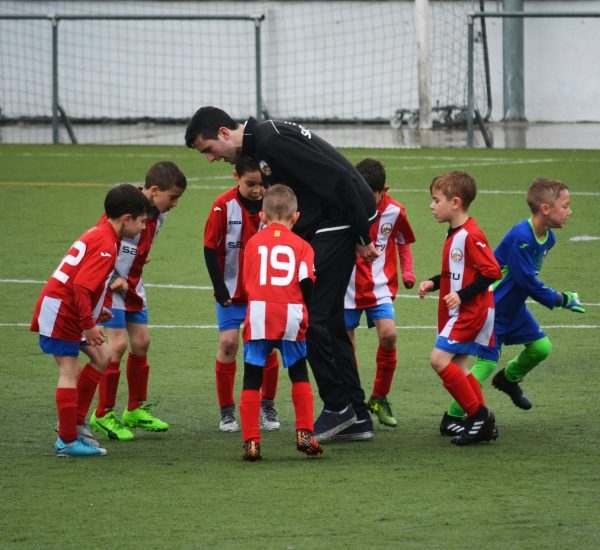Soccer Halves: Outside of North America, soccer is a globally renowned sport followed by billions of spectators. One of the fundamental questions new viewers and players often ask is about the structure of a soccer game: does soccer have quarters like some other sports, such as American Football or Basketball?
In this article, we dive into the organization of soccer matches, exploring not just halves but also the more detailed elements that contribute to the flow of a game.
Halves Not Quarters: The Basics of Soccer Time Segmentation
Unlike basketball and American football, which are divided into quarters, soccer games are typically divided into two halves. Each half lasts 45 minutes, resulting in a standard match length of 90 minutes.
This structure is followed almost universally, from grassroots youth leagues to professional leagues and international tournaments like the World Cup or the UEFA Champions League.
However, the time spent on the field often exceeds 90 minutes due to various factors. For instance, time is added at the end of each half for stoppages, known as injury time or stoppage time. This additional time accounts for pauses in play due to substitutions, injuries, or other disruptions. The amount of stoppage time added is at the discretion of the match referee.
Extra Time and Penalties: Beyond the 90 Minutes
The game cannot end in a draw in many competitive matches, especially knockout stages of tournaments. If the score is tied after 90 minutes, the game often goes into extra time. Extra time typically consists of two 15-minute periods, adding a “third half” to the game.
If the score remains tied after extra time, the game goes to a penalty shootout. Each team takes turns shooting at the goal from the penalty spot, with only the goalkeeper to beat. The teams usually get five shots each, and the team with the most successful goals is declared the winner after these shots. If it’s still a tie, the shootout continues on a sudden-death basis.
Brief Intermissions: Half-Time and Breaks
Half-time is the interval between the two halves of the game. This intermission usually lasts for 15 minutes, during which teams return to their dressing rooms to rest, rehydrate, and receive tactical instructions from their coaches. After half-time, teams switch ends of the field.
In many professional leagues and international tournaments, there is a brief pause at the end of the 45-minute halves but before extra time, often called a “break” or “interlude.” This pause lasts around five minutes.
Water Breaks and VAR: Additional Time Considerations
In certain circumstances, additional breaks may be introduced. For example, in exceptionally hot weather, “cooling breaks” may be instituted to prevent players from suffering heat-related health issues. These breaks usually last around three minutes and occur once in each half.
With the advent of Video Assistant Referee (VAR) technology, the rhythm of soccer games has significantly changed. The VAR system allows referees to review decisions with the help of video footage. This process can sometimes take a few minutes, but the time spent reviewing VAR decisions is typically added to the stoppage time.
Indoor and Youth Soccer: Variations in Game Structure
While the two-halve structure is almost universal in outdoor soccer, some variations exist, particularly in indoor soccer and youth games. Some indoor soccer leagues, especially in North America, use a four-quarter structure like basketball or American football. Each quarter lasts 15 minutes, with breaks in between.
Youth soccer games often have shorter halves to accommodate the younger players’ stamina and attention span. For instance, halves in these games may only be 30 or 35 minutes long. Some youth leagues may even opt for a four-quarter structure to allow for more rest breaks for the young players.
Final Thoughts
In conclusion, while the typical structure of a soccer match revolves around two 45-minute halves, several other elements contribute to the game’s overall length and structure. Extra time, penalties, half-time breaks, cooling breaks, and even technological factors like VAR play significant roles.
Variations in match structures may also be observed in indoor and youth soccer. Understanding these nuances will undoubtedly enrich your experience as a soccer fan or player.



